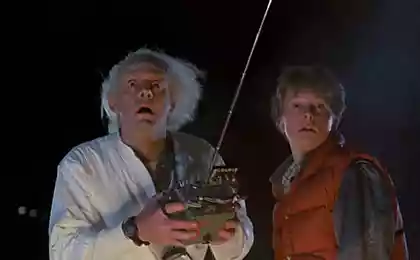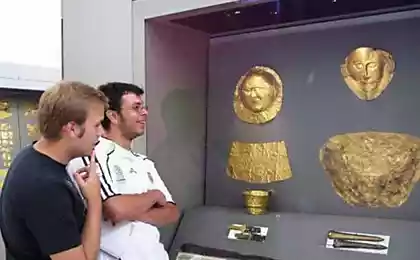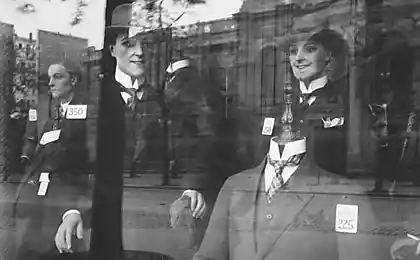730
10 terrible historical facts about this Dracula
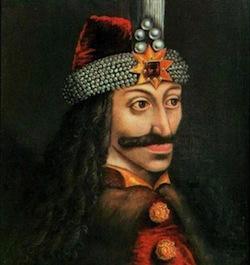
Dracula created by Bram Stoker's imagination, is one of the most famous vampire in literature. It became a "classic" prototype of the modern vampire - an elegant, mysterious, hungry for human blood. But in spite of his notoriety, he is not fit to hold a candle to its namesake - the Prince of Wallachia (now Romania) Vlad III Tepes, known as Dracula. Here's why:
1. Dracula dipped his bread in buckets with krovyu
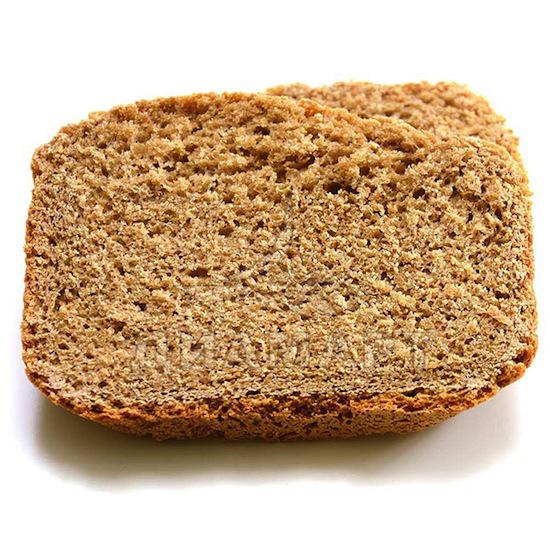
Perhaps the real Dracula and drank blood from the necks of their victims, but all the same he used the blood for food: bread dipped in buckets of blood of the people he killed. The manuscript of the 15th century authorship Michel Behaim, describing the history of Prince Vlad, tells how the prince invited to his house for a few guests threw a feast, and then put the poor fellows for the count right at the dinner table. Then the prince slowly finished his lunch, dipping bread into the buckets, the substituted prudently under the stakes with the victims.
2. Dracula avenged his father by killing hundreds chelovek
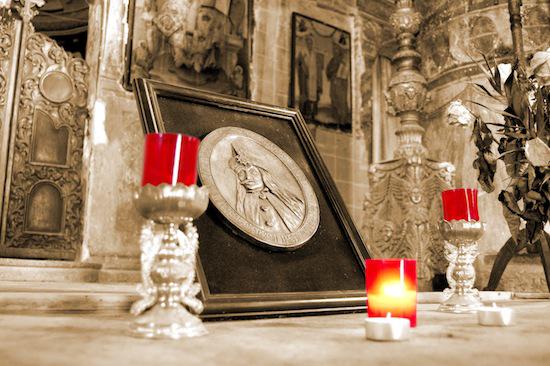
And he did not just kill them, and made to die a painful death, vsporov blunt swords stomachs. Most of his youth, Vlad held in a Turkish prison, and when released, he learned that his father gave him his own people as Hungarian troops. He also learned that the betrayal involved many nobles to swear allegiance to his father. However, as the young prince did not know the names of the traitors, then he invited everyone to the feast at his house. In total there were about 500 people. After the end of the banquet in the hall rushed soldiers and killed all guests. Later, Dracula has repeatedly used this tactic.
3. "Dracula" means "Son of the Dragon"
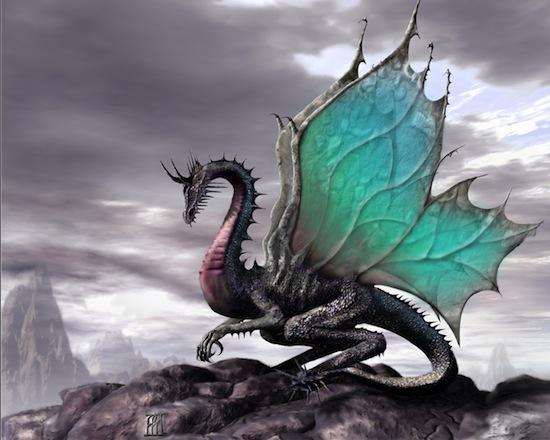
Vlad III actually preferred to be called Dracula. His father, Vlad II, was a member of the secret society of the "Order of the Dragon." Senior Prince is so proud of what my own name changed to "Dracula" - this is the Romanian word "dragon". Vlad III also later joined the Order, and was called "Dracula" or "Son of the Dragon", but over time, people appropriated the name of another meaning - "Son of the Devil." In any case, a nickname in the 15th century sounded pretty scary, especially take into account the reputation of the young prince.
4. Dracula was a feeling yumora
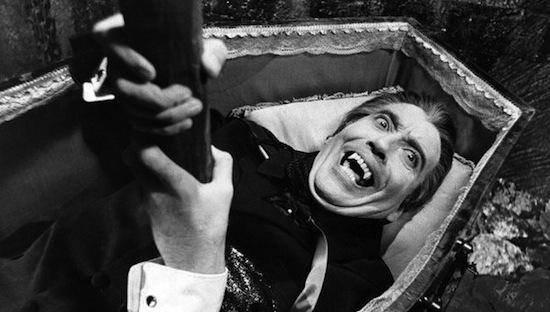
Above some of his victims, Dracula was joking, though very painful. For example, one of the entries in the book "In Search of Dracula" says that the people around, impalement, twitching like a frog. And the prince looked at them as if casually remarked, "Oh, what a wonderful grace they have!».
At other times a visitor came to his own house and found it filled with rotting corpses. When the prince asked: "What do you want, do not like the smell?", The man had the misfortune to answer "Yes." Then Vlad impaled him with a sword and hung from the ceiling, where the smell was not felt so much.
5. impalement was the only kaznyu
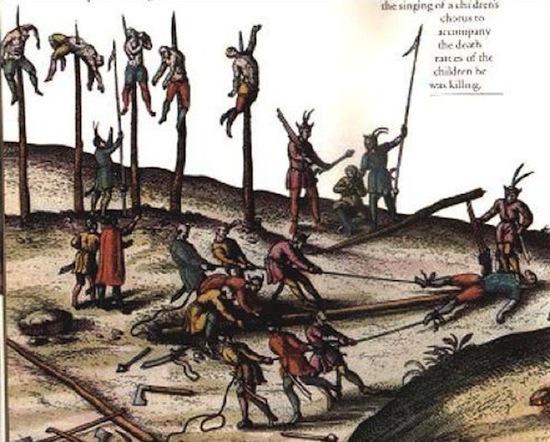
It may seem that Dracula was just a madman who only did what he ran and killed people, but it is not. It so happened that this man was born a prince of Wallachia, so that many of its atrocities took the form of law. A impalement was accepted as a punishment for a crime, regardless of whether the offender has committed murder or stealing a loaf of bread. Of course, exceptions were. One of the Roma camp, surf the land of Dracula, stole something. When he was caught, the prince ordered to cook an accident, and other Roma forced him to eat.
6. Dracula gets rid of all the sick and the poor, burning them zazhivo

In an attempt to bring order to the streets of the capital city of Targovishte Wallachia, Dracula once called all the poor, the sick and the tramps in one of their houses under the pretext of a holiday. After they had eaten, Dracula politely excused himself, went out and ordered to board up all the windows and doors in the house. Then the house burned. According to chronicles of the time, no one survived. It's flowers are sometimes Prince burned entire villages in its possession for no apparent reason.
7. Dracula "gave" subjects golden kubki
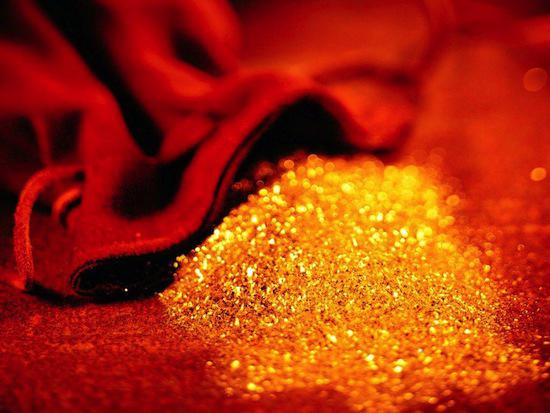
The result of hundreds of killings was that Dracula is in full control of his people and he knew it. To test how subjects are afraid of him, Vlad III set on the main square of the capital trophies of pure gold. It was announced that anyone can drink from them, but under no circumstances the cups should not leave the area. While the city's population of about 60 000 people, but during the entire period of the reign of Prince no to these bowls do not touch, even though they were in sight of thousands of people living in poverty.
8. Dracula own poisoned wells spite Turkish zahvatchikam
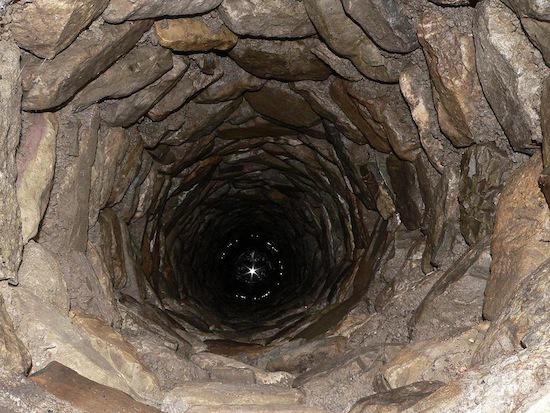
In the 15th century Wallachia was under constant threat of Turkish invasion. Dracula, who did not like to be cornered, he sent troops to expel the Turks from their land. In the end, the Turks began to win and forced the troops to retreat prince, but Dracula was not so easy. During the retreat, he burned their own villages to the Turks was no place to rest and restock provisions. Moreover, he had poisoned the wells and killed thousands of people that did not get it all invaders.
9. Dracula killed a total of 100 000 chelovek
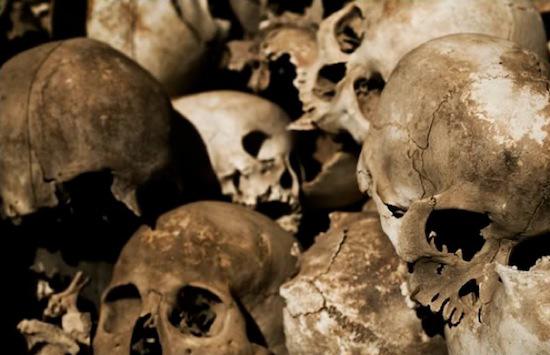
Historians have established that during the life of Dracula from his hands were lost from 40 000 to 100 000 people. When the Turks finally came to Targoviste, where they found the infamous "Forest Stakes" - more than 20,000 bodies of Turkish soldiers, pinned on the boards.
10. The body of Dracula ischezlo
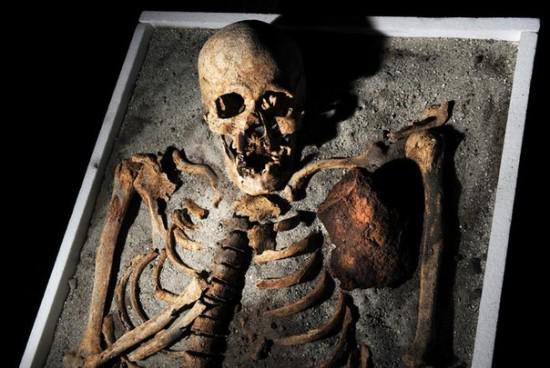
During the war with the Turks, the prince died on the field of combat operations. His reputation was finally served him a disservice to many of the Romanian soldiers defected to the enemy, seeing that there impalement percentage is much lower. So, perhaps, their own citizens cut off the head of the prince, which was sent to the Turkish sultan. Sultan is pierced with a spear and hung it on the wall of his palace. It is believed that the body of Dracula was buried in a cemetery on the outskirts of Snagov Monastery in Bucharest. But there are conflicting rumors: some argue that the prince's body was never found, the other - that the remains were buried, but then disappeared. The second version seems to be true, as Vlad III, was probably buried treasure and could get to the grave robbers.
via factroom.ru
The stress women become hypersensitive to noise
Scientists intend to build a supercomputer that simulates the activity of the human brain



